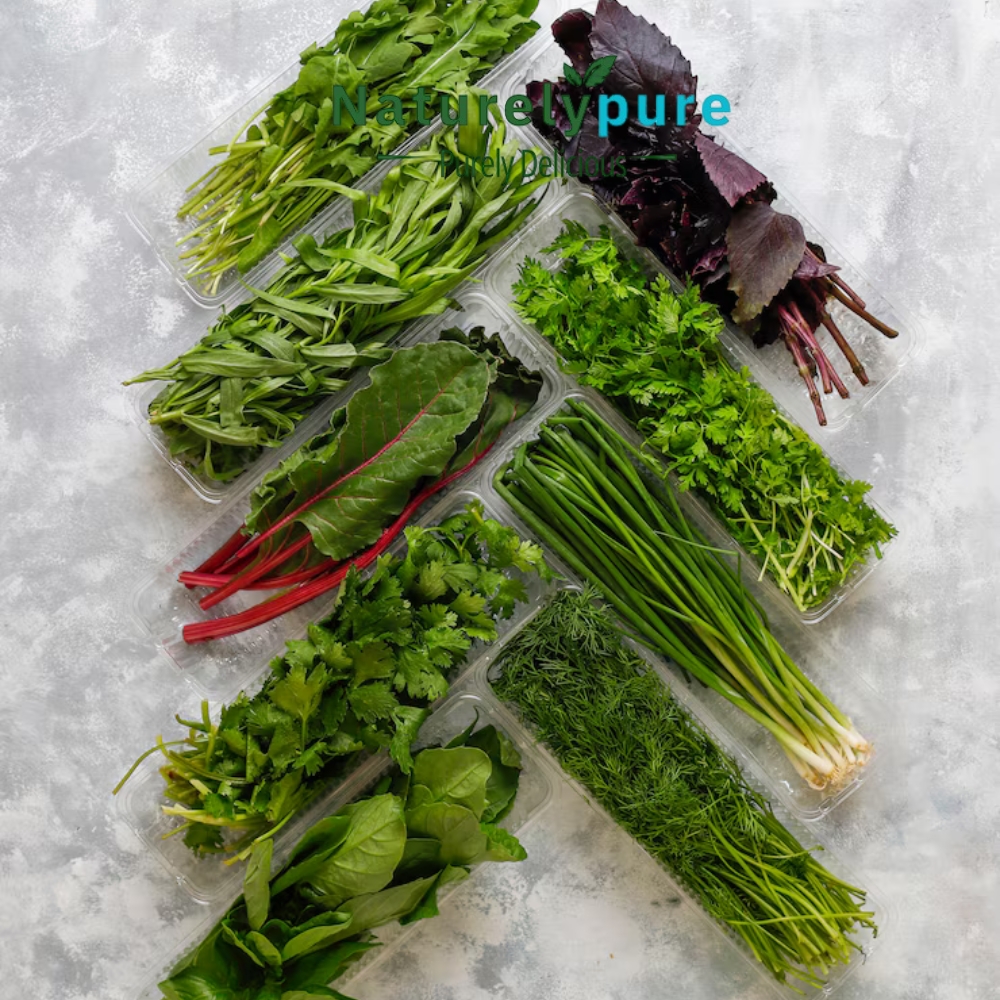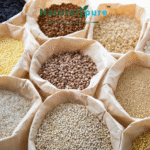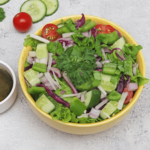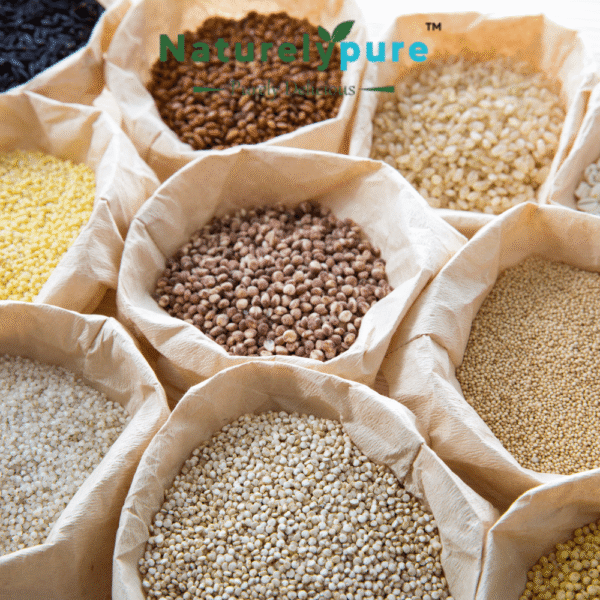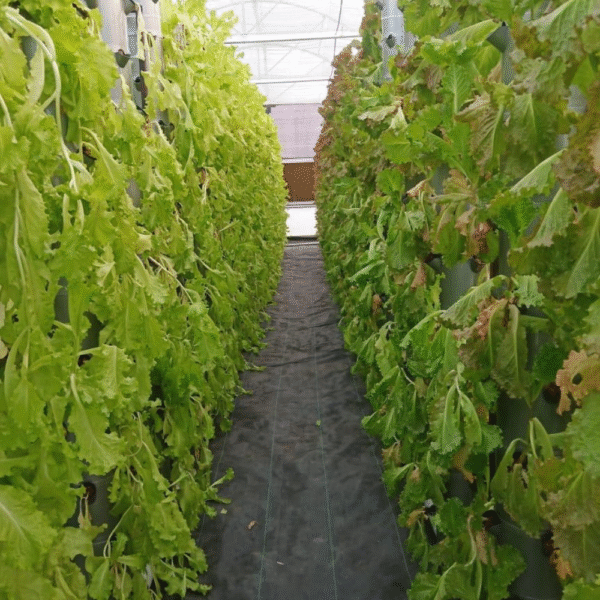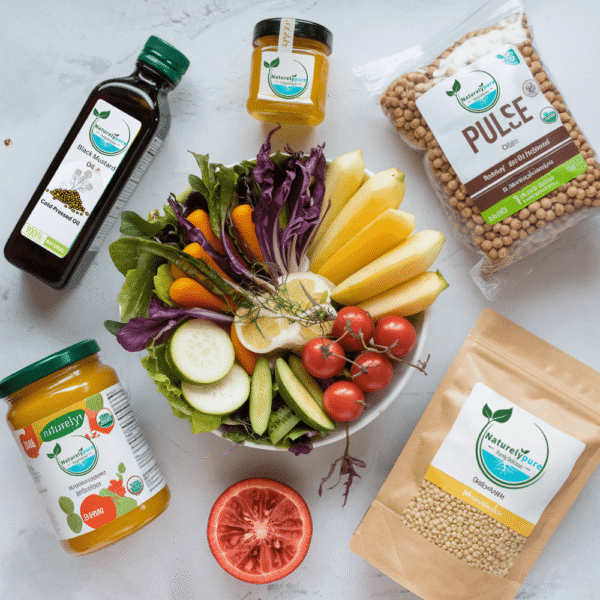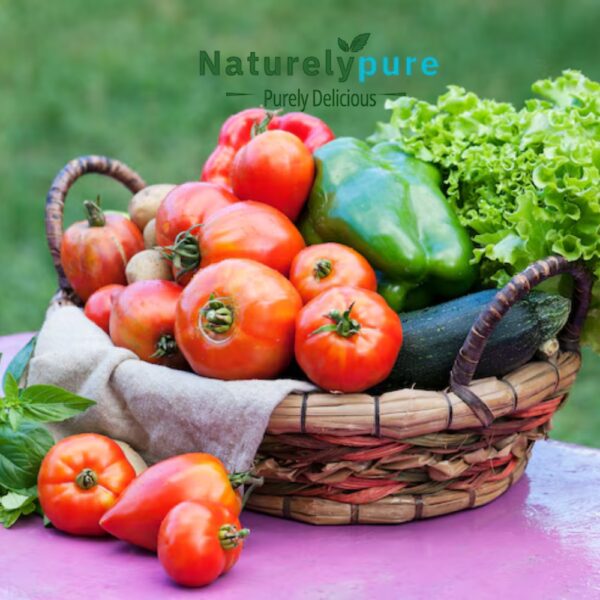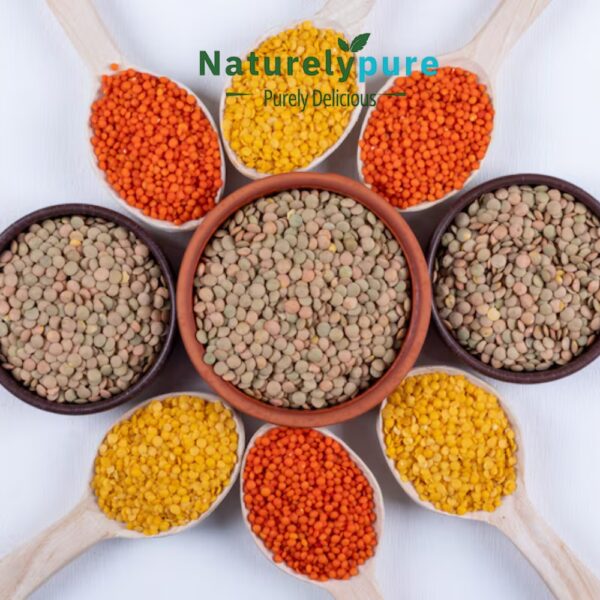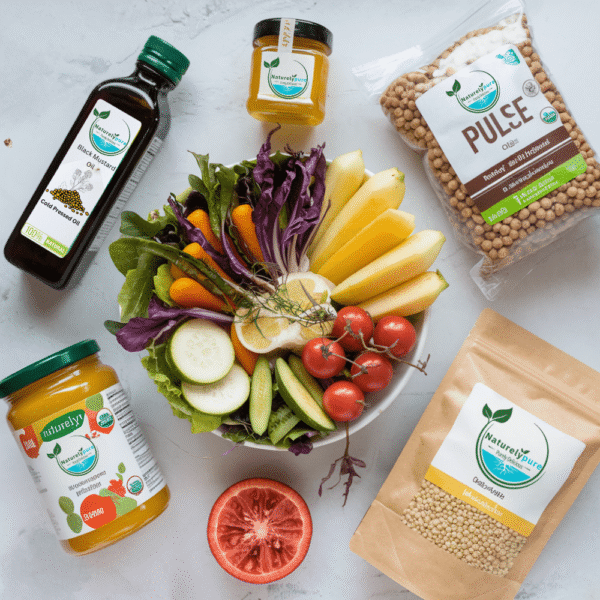Hydroponic Herbs, Leafy Greens, and Vines: A Sustainable Farming Revolution
Introduction
In recent years, a major shift has taken place in the way we think about agriculture and food production. The increasing awareness of climate change, water scarcity, and the need for sustainable food systems has pushed innovative farming methods to the forefront. One of the most exciting and impactful among these is hydroponics, a method of growing plants without soil. This revolutionary technique offers solutions to many of the challenges faced by traditional farming.
At the heart of this movement are hydroponically grown herbs, leafy greens, and vines. From basil, mint, and parsley to spinach, lettuce, and even tomatoes, hydroponics is redefining how we grow, harvest, and consume fresh produce. This blog will explore the benefits of hydroponically grown plants, focusing on herbs, leafy greens, and vines, and how this sustainable practice is transforming agriculture and food security worldwide.
What is Hydroponics?
Hydroponics is a soilless farming method where plants are grown in a nutrient-rich water solution. Instead of relying on soil to supply nutrients, plants are fed directly through water. This method enables plants to absorb the essential nutrients more efficiently, resulting in faster growth, higher yields, and healthier plants.
The basic concept of hydroponics can be traced back centuries, with early forms of soilless farming practices seen in ancient civilizations such as the Hanging Gardens of Babylon. Modern hydroponics, however, is a product of the 20th century, with scientists and innovators refining the technique to make it a viable alternative to traditional agriculture.
Types of Hydroponic Systems
There are several hydroponic systems used to grow herbs, leafy greens, and vines. Each system offers unique advantages depending on the type of plant and space available.
- Nutrient Film Technique (NFT): This system involves a shallow stream of nutrient-rich water circulating through a channel, where plant roots absorb the nutrients. It’s particularly effective for growing herbs like basil and mint, as well as leafy greens like lettuce.
- Deep Water Culture (DWC): Plants are suspended in a nutrient-rich solution with their roots fully submerged. This method is ideal for fast-growing plants like spinach and leafy greens.
- Drip Systems: Nutrient solution is dripped onto the base of each plant, providing a consistent supply of water and nutrients. This system works well for vines like tomatoes and cucumbers.
- Aeroponics: In aeroponics, plant roots are suspended in the air and misted with a nutrient solution. This technique allows for efficient water and nutrient use and is particularly suitable for herbs and leafy greens.
- Wick System: A passive system that relies on capillary action to draw nutrients from a reservoir to the plant roots via a wick. This is a simple and cost-effective system often used for smaller herbs.
Benefits of Hydroponically Grown Herbs, Leafy Greens, and Vines
Hydroponically grown plants offer numerous advantages over traditionally farmed crops. These benefits not only enhance productivity but also contribute to a more sustainable and resilient food system.
1. Efficient Use of Water
One of the most significant benefits of hydroponics is water conservation. Traditional farming can be highly water-intensive, with much of the water lost through evaporation or runoff. Hydroponic systems use up to 90% less water than conventional farming methods. Water is recirculated through the system, minimizing waste and making it a highly sustainable practice, particularly in areas facing water scarcity.
2. Space Optimization
Hydroponic farming enables the growth of plants in compact, vertical spaces, making it ideal for urban environments where space is limited. By utilizing vertical farming techniques, hydroponics allows for stacked layers of plants, maximizing yield per square foot. This is particularly beneficial for growing herbs and leafy greens, which can be harvested multiple times throughout the year.
3. Year-Round Production
Hydroponic systems can be set up in controlled environments such as greenhouses, allowing for year-round production regardless of external weather conditions. This ensures a consistent supply of fresh produce, even during off-seasons. Herbs like basil, cilantro, and parsley thrive in these environments, providing chefs and consumers with a steady supply of fresh, flavorful ingredients.
4. Faster Growth and Higher Yields
Because hydroponically grown plants receive a constant supply of nutrients directly to their roots, they tend to grow faster than those in soil. On average, hydroponic plants grow 30-50% faster than their soil-grown counterparts. This accelerated growth is particularly advantageous for leafy greens and vines like tomatoes, which can be harvested more frequently, leading to higher yields.
5. Pesticide-Free and Reduced Disease
Hydroponic systems allow for better control over the growing environment, which reduces the need for pesticides and herbicides. Soil-borne diseases are virtually eliminated, and pest infestations are minimized. This results in cleaner, healthier produce that is free from harmful chemicals—a significant selling point for health-conscious consumers.
6. Sustainability and Environmental Impact
Hydroponic farming reduces the environmental impact of agriculture in several ways. It requires less land, water, and energy compared to traditional farming methods. Additionally, it can be practiced in urban settings, reducing the need for long-distance transportation of food, which in turn decreases the carbon footprint associated with food distribution.
Popular Hydroponic Herbs
Hydroponic herbs are increasingly popular for their ease of growth, flavor, and versatility in culinary applications. Some of the most commonly grown hydroponic herbs include:
- Basil: Known for its sweet aroma and flavor, basil is a staple in many kitchens. Hydroponically grown basil tends to be more aromatic and vibrant compared to soil-grown varieties.
- Mint: Hydroponic mint grows rapidly and produces abundant leaves, making it ideal for teas, garnishes, and cooking.
- Parsley: Parsley thrives in hydroponic systems, producing lush, green leaves that are perfect for garnishes and flavoring dishes.
- Cilantro: This herb is notoriously difficult to grow in soil due to its sensitivity to water and temperature changes. Hydroponics offers an ideal environment for cilantro, ensuring consistent growth and high yields.
- Thyme: Hydroponic thyme grows more robust and flavorful than soil-grown plants, making it a favorite for seasoning meats and vegetables.
Popular Hydroponic Leafy Greens
Leafy greens are well-suited for hydroponic systems due to their relatively short growth cycles and high nutrient requirements. Some of the most commonly grown hydroponic leafy greens include:
- Lettuce: Hydroponic lettuce, especially varieties like romaine, butterhead, and crisphead, grows quickly and produces large, crisp leaves. https://www.naturelypure.in/product/red-lettuce/
- Spinach: Hydroponic spinach is rich in vitamins and minerals and grows rapidly in nutrient-rich water systems.
- Kale: This nutrient-dense leafy green thrives in hydroponic environments, offering a high yield of healthy, vitamin-packed leaves.
- Swiss Chard: Swiss chard’s vibrant stems and flavorful leaves make it a popular choice for hydroponic farming, providing consistent harvests throughout the year.
Hydroponic Vines and Their Benefits
Vine crops like tomatoes, cucumbers, and peppers can also be grown hydroponically. These crops are ideal for vertical farming systems where they can be trained to grow upwards, saving space and maximizing yield.
- Tomatoes: Hydroponic tomatoes are known for their flavor and juiciness. Varieties like cherry and grape tomatoes thrive in controlled hydroponic environments, producing fruit that is free from pesticides and soil contaminants.
- Cucumbers: Hydroponically grown cucumbers are typically more uniform in size and shape and are often crisper than their soil-grown counterparts. https://www.naturelypure.in/product/hydroponic-cucumber/
- Peppers: Both bell and chili peppers grow well in hydroponic systems, where they receive optimal nutrient levels to enhance their flavor and texture.
The Future of Hydroponics
Hydroponics is a rapidly growing industry, and its potential to revolutionize agriculture cannot be overstated. As the global population increases and resources become scarcer, hydroponic farming offers a sustainable and efficient way to produce food in urban areas, deserts, and other regions where traditional farming is challenging.
The integration of technology in hydroponics, such as automation and artificial intelligence, is further enhancing productivity and reducing labor costs. Smart farming solutions are allowing farmers to monitor and adjust nutrient levels, water usage, and light exposure in real-time, ensuring optimal growing conditions and maximizing yields.
Moreover, the adoption of hydroponic farming is also contributing to food security by enabling local food production in urban areas, reducing dependency on imported produce and mitigating the risks associated with climate change.
Conclusion
Hydroponic farming is a game-changer for growing herbs, leafy greens, and vines. It offers numerous benefits, including water conservation, space efficiency, faster growth, and reduced pesticide use. As consumers become more health-conscious and concerned about sustainability, hydroponic produce is gaining traction in the market.
By embracing hydroponics, farmers and growers can contribute to a more sustainable and resilient food system that meets the needs of the future. Whether it’s a homegrown herb garden or a large-scale commercial operation, hydroponic farming holds the key to a greener, more sustainable future.


